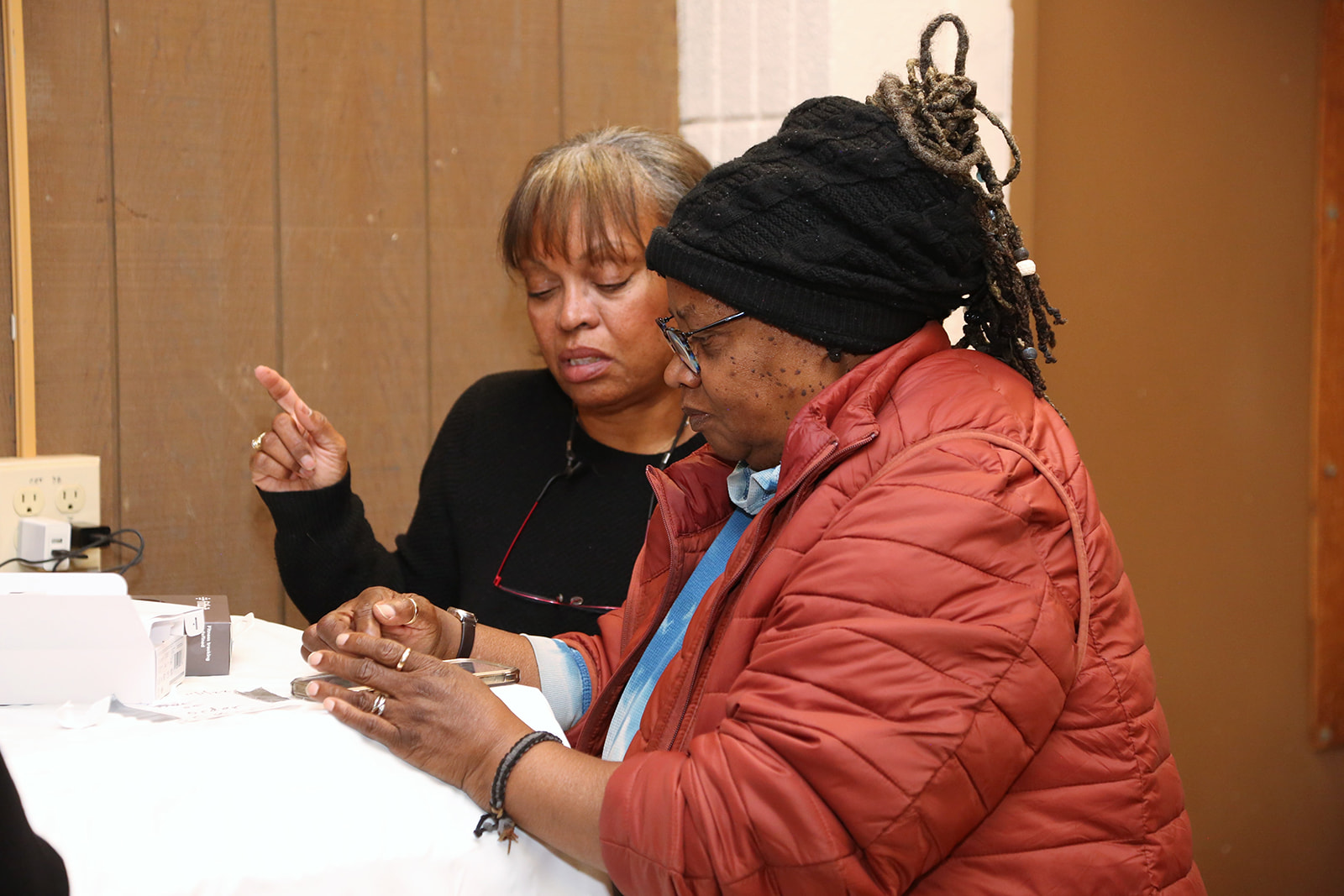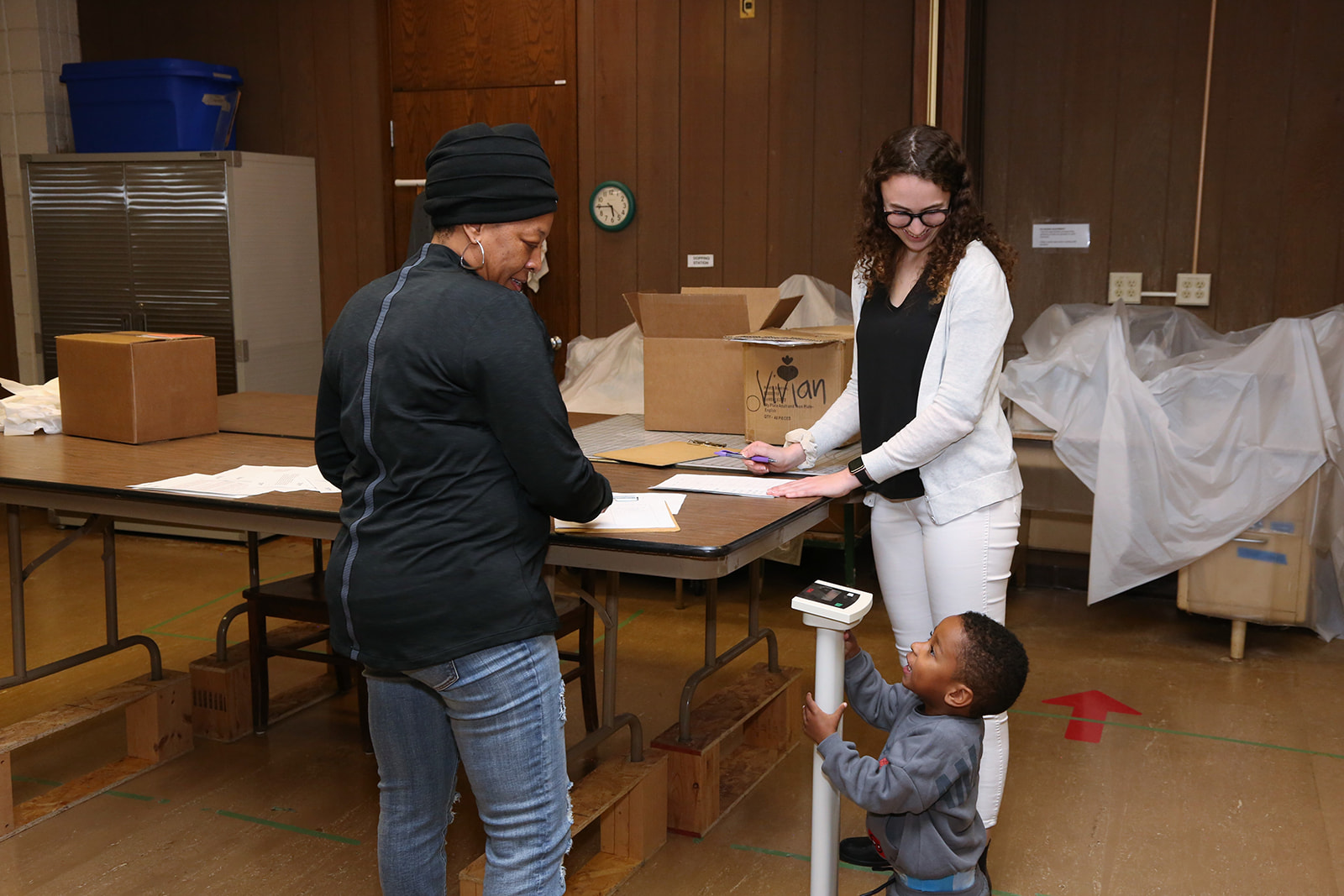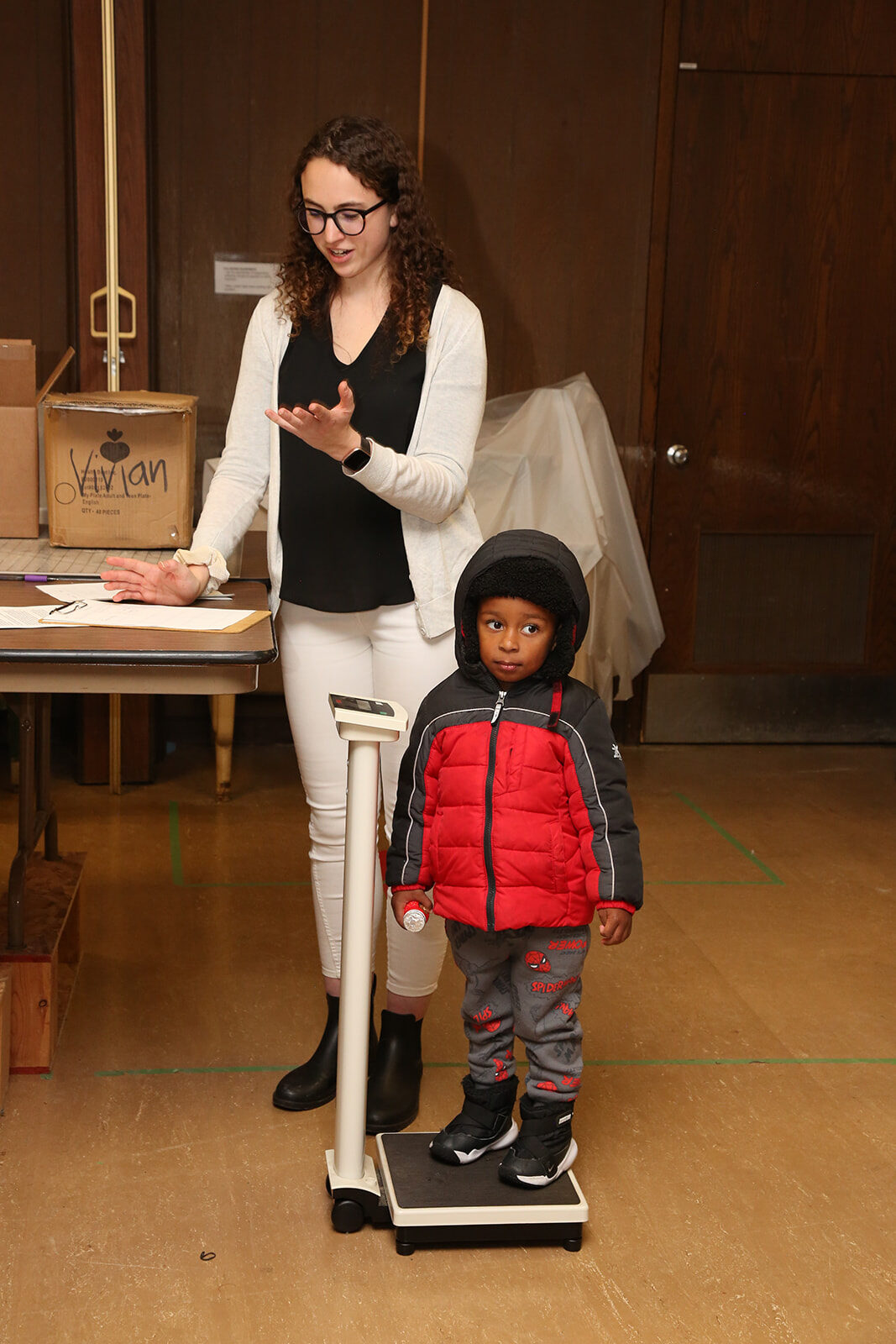With funding from the American Diabetes Association, Professor Eva Vivian launches a study to help African American grandmothers initiate generational change in diabetes prevention
By Olivia Bouchard
The risk of developing diabetes is 77 percent higher among African Americans than among non-Hispanic White Americans.
Growing up, Eva Vivian, professor in the University of Wisconsin–Madison School of Pharmacy’s Pharmacy Practice and Translational Research Division, witnessed the effects of this firsthand. As a child in a working-class family in Chicago, she watched extended family and friends battle diabetes and hypertension.
“Many residents of my community with diabetes, who were largely African American, never received information on self-management and support,” says Vivian. “As a result, many of my family friends and neighbors died from uncontrolled diabetes.”
“Peers will understand what is meaningful to their community, communicate in the language of the people, and can help community members cope with stress and promote positive health outcomes.“
—Eva Vivian
Based on decades of community-based research and outreach to prevent and manage Type 2 diabetes, Vivian is now offering HOPE to change these outcomes. Funded by the American Diabetes Association (ADA), Vivian’s HOPE (Healthy Outcomes through Peer Education) project will recruit 60 grandmothers for a year-long program that will test the effectiveness of peer support during a diabetes prevention program.
“Peers will understand what is meaningful to their community, communicate in the language of the people, and can help community members cope with stress and promote positive health outcomes,” says Vivian.
Getting to the root
The seeds for the HOPE project were planted a decade ago. In Vivian’s clinical practice at the Access Community Health Center, she noticed that many of her older adult patients, who were being treated for diabetes, were accompanied by children who demonstrated similar risk factors for developing the disease. This trend concerned her because the earlier the onset of the disease, the earlier it can become life-threatening.
“Once you’re diagnosed with diabetes, at 40 years of age, your risk of having a heart attack literally doubles,” she says. “So if we move that timetable back to a 12 year old, we’re now looking at an individual that could potentially have a heart attack before they’re 35 years of age.”

Vivian sought to learn more from the kids themselves. She gathered a group of children from Catholic Multicultural Center in Madison, Wis., to get their insight.
“In interviews, the children told me that they enjoyed working with their peers in regard to learning about healthy ways to eat and being physically active, but they also indicated that the person who still had the greatest influence on them was their parents or their grandparents,” says Vivian. “And the African American children who were enrolled in my study were often actually cared for by their grandmothers full time.”
This gave Vivian an idea for HOPE to inspire cross-generational changes.
HOPE for the next generation
HOPE evolved from Peers Empowering Peers (PEP), a program Vivian launched in 2018 to leverage the power of peers in diabetes self-management. PEP was a 16-week program based on the Centers for Disease Control’s Prevent T2 curriculum, teaching participants to prevent and manage the disease through healthy meals, physical exercise, stress management, and other lifestyle factors. Peer educators helped participants stay accountable and engaged and helped apply the teachings in a culturally relevant way.
By applying this framework to grandmothers, Vivian hopes to influence the youngest generation’s lifestyle habits, building a solid foundation from the start.
“I wanted to offer this program to African American grandmothers who care for their grandchildren, with the hope that as they change their lifestyle and model these healthy behaviors for their grandchildren, that this will impact their grandchildren’s behaviors as well,” says Vivian.
She applied for funding from the ADA, hoping to learn how peer support can enhance the experience of the National Diabetes Prevention Program (National DPP), which is a nationally distributed, Centers for Disease Control-endorsed program that leverages evidence-based interventions, including diet and lifestyle changes, to reduce the risk of developing Type 2 diabetes by 58 percent.
“I wanted to offer this program to African American grandmothers who care for their grandchildren, with the hope that as they change their lifestyle and model these healthy behaviors for their grandchildren, that this will impact their grandchildren’s behaviors as well.“
—Eva Vivian
“I received funding from the American Diabetes Association, and they thought it was a really innovative way to offer the Diabetes Prevention Program,” says Vivian.
She is currently six months into her HOPE study, which currently includes 35 African American grandmothers from Milwaukee. All of the participants are going through the year-long National DPP, supplemented with peer support through regular meetings. Some of the women are also paired with peer educators for additional encouragement and support to see how that enhances their outcomes.
The Milwaukee program is being conducted virtually, which alleviates barriers associated with travel. From the end of September 2022, when the program began, through December, the group met every week. In January, the meeting frequency dropped to every other week, and in April, it drops to once a month until the program completes in September 2023.

In keeping with the National DPP, the meetings cover several facets of diabetes prevention and management. A dietitian from the Milwaukee area, Yvonne Greer, leads nutritional education sessions, and Madison-based Venus Washington provides guidance on physical activity. Vivian shares her clinical knowledge, too.
“I teach them a lot of things about how their bodies work and what diabetes is,” says Vivian.
One of the goals of the National DPP is to lose weight, which some grandmothers have reported already, while others have simply maintained their weight.
“Just being physically active can prevent you from going on to develop diabetes because your muscles and your tissues become more sensitive to the insulin in your body,” says Vivian.
Peer power
Each grandmother in the HOPE study faces their own challenges and struggles, but the sense of community in the group offers support, accountability, and connection to help them stay committed to the program.
One participant is responsible for caring for her mother, as well as her grandchildren. She struggles to stay physically active, while needing to be home to provide care, but the group offers support and suggestions.
“Some of the women have said that it’s hard for them to be motivated to be physically active in the winter, so they decided to have a Facebook group with a 100-day challenge,” says Vivian. “So I made a calendar for them, and they mark what they’ve done each day.”
“The women are incredible. As we’ve gotten to know one another, they open up and share their challenges and help each other.”
—Eva Vivian
Through the Facebook group, the women will share encouragement with one another, such as short videos of themselves out walking the dog, with reminders to stay active, or photos of their Fitbit watches to commemorate achievements.
“The women are incredible. As we’ve gotten to know one another, they open up and share their challenges and help each other,” says Vivian.
Expanding HOPE
In February, Vivian expanded the project to the Madison area, in a partnership with the Foundation for Black Women’s Wellness.
“The great part about this is that the Foundation has the ability to offer a blended program,” says Vivian. “Hopefully we can recruit several women, and pharmacy students will be helping me to screen people and enroll them in the program.”

The Madison program is being held in person, but with the virtual option provided by the Foundation, there are also Milwaukee participants who will be joining the Madison sessions — some of them are new participants, and some are current participants looking to reinforce what they’ve learned. In total, she aims to recruit 60 women across the two study sites.
Through her ADA funding, Vivian was invited to Washington, D.C. along with 14 other researchers from around the nation to present her progress on the HOPE project so far.
“That was incredible because there were members of the National Institutes of Health that were there as well and they provided positive feedback on our research,” she says.
The HOPE project is also being featured in the ADA’s upcoming annual report, showcasing its community impact and encouraging others to implement similar programs.
Vivian’s commitment to community health has dominated her career, earning her a Healthy Aging Star Award for Health Equity from the Wisconsin Institute for Healthy Aging in 2021 and an Outstanding Women of Color Award from UW–Madison in 2014. Her interest in patients’ social determinants of health — lifestyle factors that fall outside of the typical scope of the health care system — is what led her to focus on community-based participatory research. Through projects like PEP and HOPE, Vivian empowers communities to address their own health.
“I get to develop a relationship with community partners, and build trust, and work with the community to identify issues that they feel are of great concern to them,” says Vivian. “Together, we develop an intervention to improve the overall health of the community.”